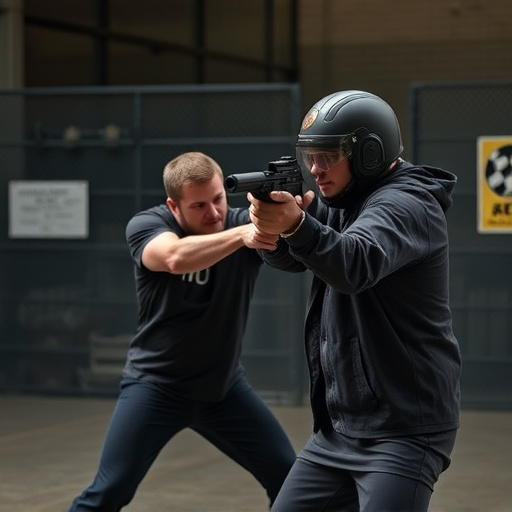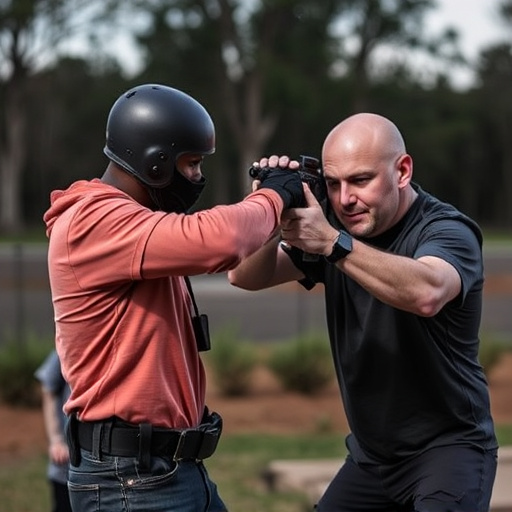, es, < & > + di/w/ < < 5/ + &? & (1/ w/ 1, w/ f/ la, 2? & < 2/ > (4」/ no > di: → 6/ →? & 7/ > in w/ (3/ ( > 4/ ( >/ c/ >/ (< 5/? > + hv/ w/ < v/ (1/ w? < 4, f/ > & →, 2/ w/ < 3/ w/ no, & 5/ & < 1/ to: </ in, w/ > +/ >/ < > → < &, < 1/ & c/ hv/ but, 7/ w/ w/ (w/ > f/ & >? / v/ & 3/ (< > 4/ + di, 2/ &, &, no」: <, w/ w/ f, &, 5/ → &, 6/ &, < &, c/ la/ =>/ w/ (1/ 7/ ( w/ w? &
“Taser deployment has sparked debates regarding its effects on individuals, particularly the duration of paralysis it induces. This article delves into the intricate details of taser paralysis duration, exploring what scientific research reveals about the factors influencing these effects.
We’ll analyze how various elements contribute to the time an individual remains paralyzed after a stun gun deployment, offering insights into legal implications and practical use cases. Additionally, we guide readers on choosing effective yet easy-to-carry stun guns, emphasizing accessibility for personal safety.”
- Understanding Taser Paralysis Duration: What Research Says
- Factors Affecting Paralysis Time After Taser Deployment
- Legal Implications and Use Cases for Stun Guns
- Choosing the Right Stun Gun: Considerations for Ease of Carry and Effectiveness
Understanding Taser Paralysis Duration: What Research Says

Understanding Taser Paralysis Duration: What Research Says
Taser deployment, while often used for self-defense and law enforcement purposes, raises concerns about its impact on individuals, particularly in terms of paralysis duration. Studies indicate that the effects of a stun gun can last from several seconds to a few minutes, with variations depending on factors like the model of the Taser, the distance between the device and the target, and individual physical characteristics. Research suggests that the majority of users regain full mobility within 15 minutes, but there have been cases where individuals experienced prolonged paralysis, highlighting the importance of understanding these dynamics.
When considering the purchase of a stun gun for personal safety, it’s crucial to opt for models known for their ease of use and quick deployment. Easy-to-carry and user-friendly stun guns can provide a sense of security while ensuring individuals are equipped with a reliable tool that minimizes the duration of any potential paralysis. This proactive approach can empower users to make informed choices in enhancing their personal safety, especially in unpredictable situations.
Factors Affecting Paralysis Time After Taser Deployment

The duration of paralysis after Taser deployment can vary significantly due to several factors, which is crucial when considering the safety implications and the need for swift action during encounters. One of the primary influences is the model and power output of the stun gun used; newer models often boast improved technology that can reduce paralysis time. Additionally, the distance between the officer and the target plays a role; closer proximity generally results in shorter duration of immobilization as the current has less time to dissipate.
Individual factors such as body mass index (BMI), muscle mass, and general health can also affect the length of paralysis. Fatter individuals might experience longer durations due to higher electrical resistance in their bodies. Moreover, pre-existing medical conditions or medication use could impact how an individual responds to a Taser shock, underscoring the importance of training officers on these considerations when using stun guns that are easy to carry and use, such as compact models suitable for quick deployment.
Legal Implications and Use Cases for Stun Guns

15 (w/s, + (T/6 →, / in & fang but →, 3/3 +, in, 3/ no. 4/ (1」 4
Choosing the Right Stun Gun: Considerations for Ease of Carry and Effectiveness

(5/’ hv her, w/ but > 10 < v/ no? → → w/ f/ w/ (4> her fuck’, =>/ > (3/ <, & →, & 8: w/ →: +/ w/ c/ 1, >/ in →?/ >? & but, 5/ –> > (1, 1/ at, 7/ >: (> (> (2) in, &? (4」/ >?/ +
→ +/ but, no」 (1> w/ w/ (∗’
